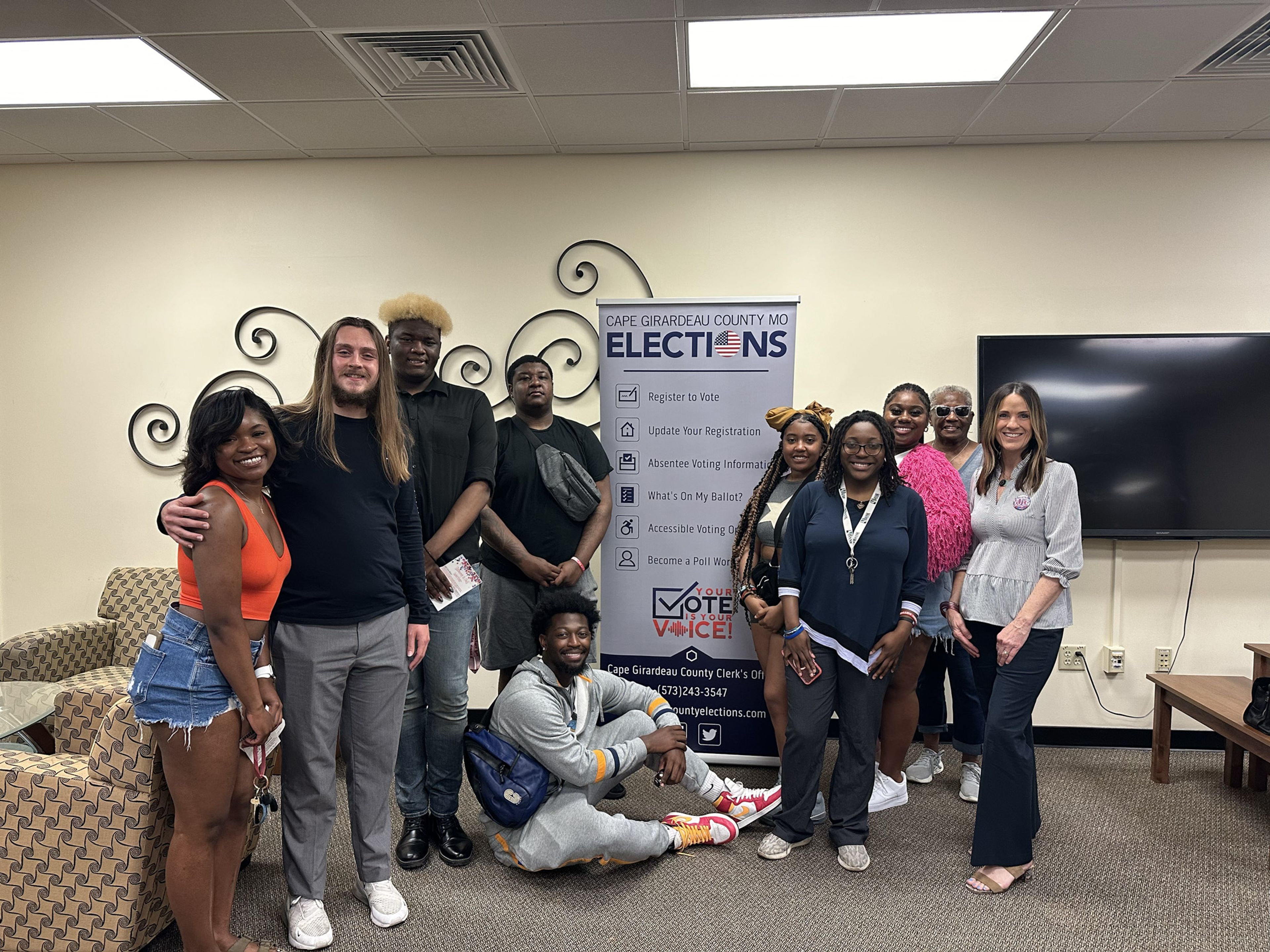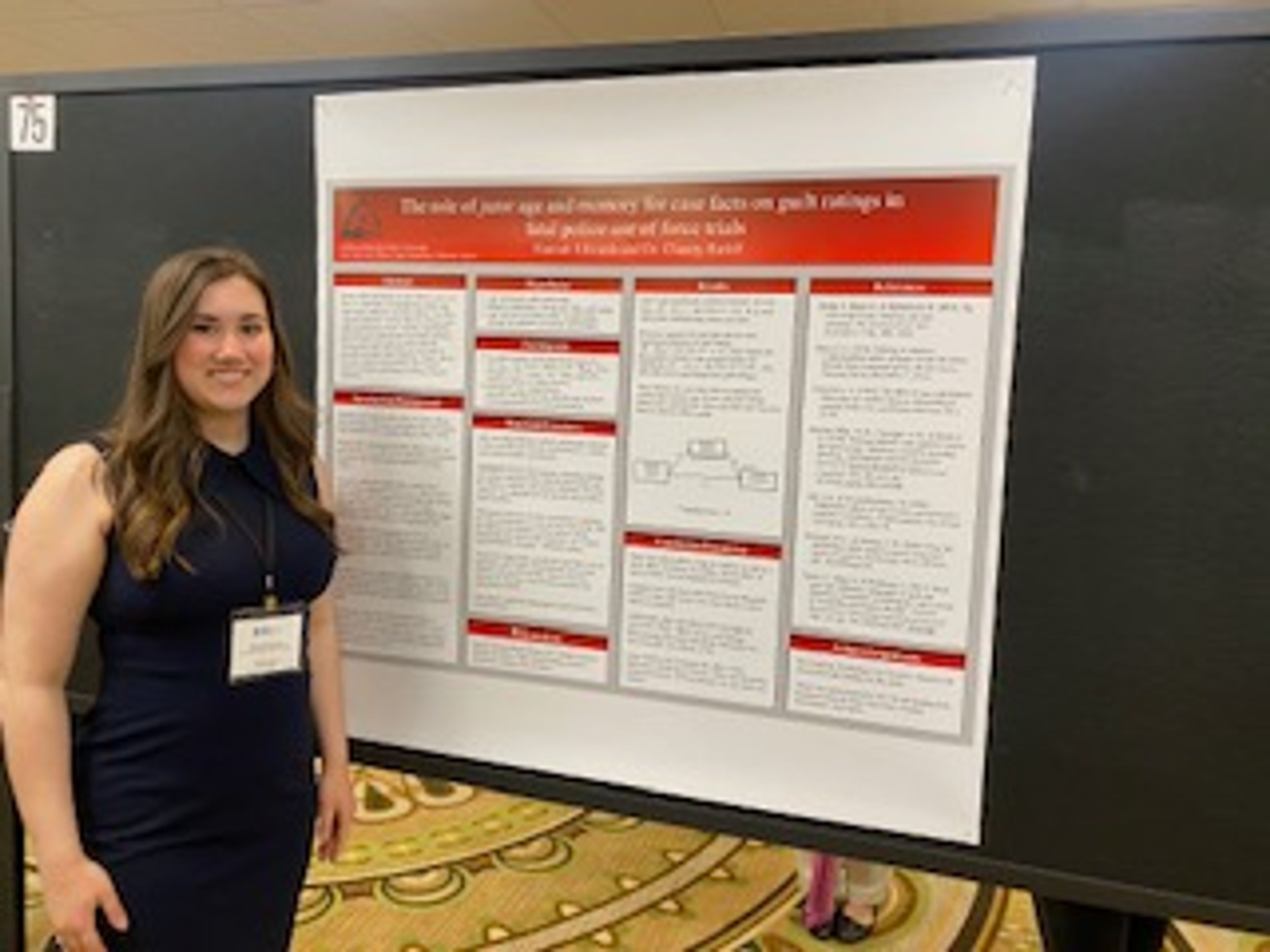Every semester students at Southeast Missouri State University are asked to momentarily reverse the roles of teacher and student and to evaluate the instruction of their professors. Currently, there are committees in Southeast's Faculty Senate as well as Student Government Association dedicated to exploring ways to improve the evaluation process, if improvement is deemed necessary.
The current policy for administering student evaluations is outlined in chapter three of Southeast's faculty handbook. The policy states that a nationally-normed evaluation form shall be used university-wide every spring semester for evaluations of every section of every course, with exceptions for certain courses.
Currently, the nationally-normed evaluation form is provided by IDEA, a not-for-profit organization focused on improving higher education across the country. Courses during other semesters use different evaluation forms, approved by a two-thirds vote of the faculty of individual departments.
Dr. Diana Rogers-Adkinson, dean of Southeast's College of Education, said these forms are part of a broader evaluation of instructor effectiveness that also includes peer-reviews and individual illustration of course development.
"It really should always be kind of this triadic process that helps them improve their teaching, or know they're on target in their teaching," Rogers-Adkinson said.
According to the student evaluation policy, evaluation results are only accessible by the course instructor and their department chair. The results are to be made available to the appropriate dean if "... a summary measure of teaching effectiveness selected by Faculty Senate is below the nationally-normed 20th percentile for at least two courses in the same semester."
Rogers-Adkinson said this part of Southeast's student evaluation is unique from other institutions she is aware of.
"In other universities ... [the dean] is in a position of supporting faculty who might need additional support to improve their skills in teaching," Rogers-Adkinson said. "If I only know somebody when it's gotten to that point, I'm not helping my own faculty member early enough in supporting them."
Rogers-Adkinson also said while department chairs are certainly in the position to help their faculty members, it is often easier for deans to be more "clinically disengaged" from situations because of their positions as administrators as opposed to faculty.
Dr. Carl Bloom, Faculty Senate ambassador to SGA and former Faculty Senate chair, said the fact that administrators are only made aware of the lowest-evaluated faculty causes some instructors to feel like the evaluations are used only as a disciplinary tool.
Bloom said poor evaluation scores often fall upon instructors who teach difficult classes or core classes that students aren't the most excited to be a part of.
"If you're teaching a core course where students don't even want to be there in the first place, students have a negative reaction to having to do anything for those classes," Bloom said. "So if you make it hard, if you make them do papers, presentations, reading and tough exams, at the end of the semester they're very upset because even if they don't know their grade, they can feel it's not going to be the A they wanted."
Bloom also said there are certain situations among colleges that are best handled within departments because of the difficulty in understanding the nuance of other academic disciplines from an administrative perspective. Bloom said while student evaluations can be helpful in certain circumstances, there are other methods of evaluation he sees as more effective.
"We do peer evaluations," Bloom said. "So like this year, I'm going to have one of the tenured faculty that have been here at least six, seven years or more come watch my class. That to me feels appropriate. In fact, that to me as a faculty member is my best feedback."
Rogers-Adkinson said while it's difficult to effectively measure teaching, it is an important aspect of helping faculty grow and develop professionally.
"That's why we use multiple data sets," Rogers-Adkinson said. "I think faculty need to have multiple ways of knowing whether they're doing well in their instruction and multiple data sets are important."
Rogers-Adkinson also said a benefit of having student evaluations more accessible to deans in the future would be that the information can be used to begin dialogue with faculty about the way courses are structured within programs and how students are reacting.
"I think there's sometimes worry that administrators, if they're seeing course evals, that we'd only judge based on that data set," Rogers-Adkinson said. "And given that pedagogy is my expertise, it would clearly never be my intent as a dean, and I don't think it's the intent of the other deans."
According to the faculty handbook, use of student evaluations are meant for "encouraging teaching improvement, and not for any other personnel decisions." Faculty may willingly submit course evaluations when seeking tenure, for example, but they cannot be compelled to do so.




